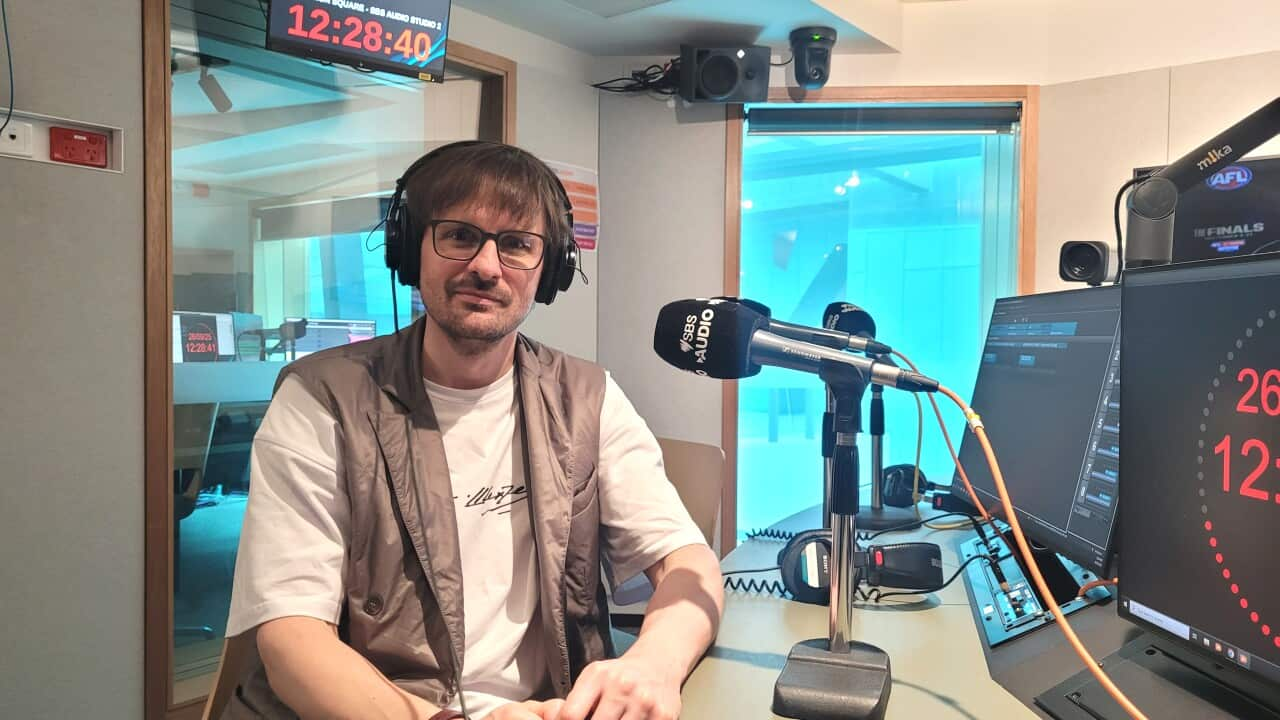The annual report, released by the Kirby Institute at the University of New South Wales shows a 63 per cent increase in gonorrhoea cases among young heterosexual men and women over the past five years.
The highest rates were for those aged between 15 to 24, with more men than women with the infection.
Associate Professor Rebecca Guy, from the Kirby Institute, says the reasons behind the increase are unclear but there is a link to sexual behaviour.
GUY
"More young people obviously are using dating apps to meet partners. Surveys show between 10 and 50 per cent of young people will use dating apps to find partners (but) whether that is leading to them to having more partners is unclear. All we know at this point is that people who use a dating sites report more sexual partners, but perhaps they were more sexually active to begin with."
Chlamydia was found to be the most common sexually transmitted infection (STI) in Australia with three quarters of notifications among people aged between 15 and 29 years old.
The report also found an estimated 227,000 people living with chronic hepatitis C; and over 230,000 Australians with chronic hepatitis B – although cases have declined overall.
While the number of new HIV diagnoses in Australia remains stable, there has been a doubling in the rate of HIV notifications for Indigenous Australians compared to non-Indigenous people, through heterosexual sex or by injecting drug use.
Doctor Darryn Russell, director of Cairns sexual health service, says the increase began in 2012.
RUSSELL
"The rate five years ago was pretty much equal but there's been a 33 per cent increase in the number of diagnoses amongst Indigenous Australians and this is a real problem."
The increase has largely been seen in regional Australia.
RUSSELL
"There's a little bit in the bigger cities, there's a little bit in remote areas, but it's in the country areas of Australia that we are seeing the major part of this increase."
Doctor Russell says there are several factors at work.
RUSSELL
"There is reduced awareness, there's probably reduced testing rates as well which means Indigenous Australians do tend to turn up later with their HIV, when they're at a sicker stage. That also means they've had longer to transmit it because they weren't aware they were living with the virus."
The Australasian HIV & AIDs conference has spoken out in support for Pre- Exposure Prophlaxis or PReP
PReP is a new HIV prevention drug being used by many people in the LGBTQI community.
A daily dose of PReP will lower a person's chance of getting infected, it can also stop HIV from spreading
Associate Professor Martin Holt, the project leader of the Gay Community Periodic Surveys says PReP is currently being used mainly by the LGBTQI community in the country
HOLT
"And I think the level of community demand that we've seen, particularly in New South Wales, Victoria and Queensland, is testament to the fact that we need a range of effective prevention strategies in Australia."
Professor Holt says that PReP isn't broadly accessible nationwide but experts are hoping it will be more accessible and cheaper for everyone.




